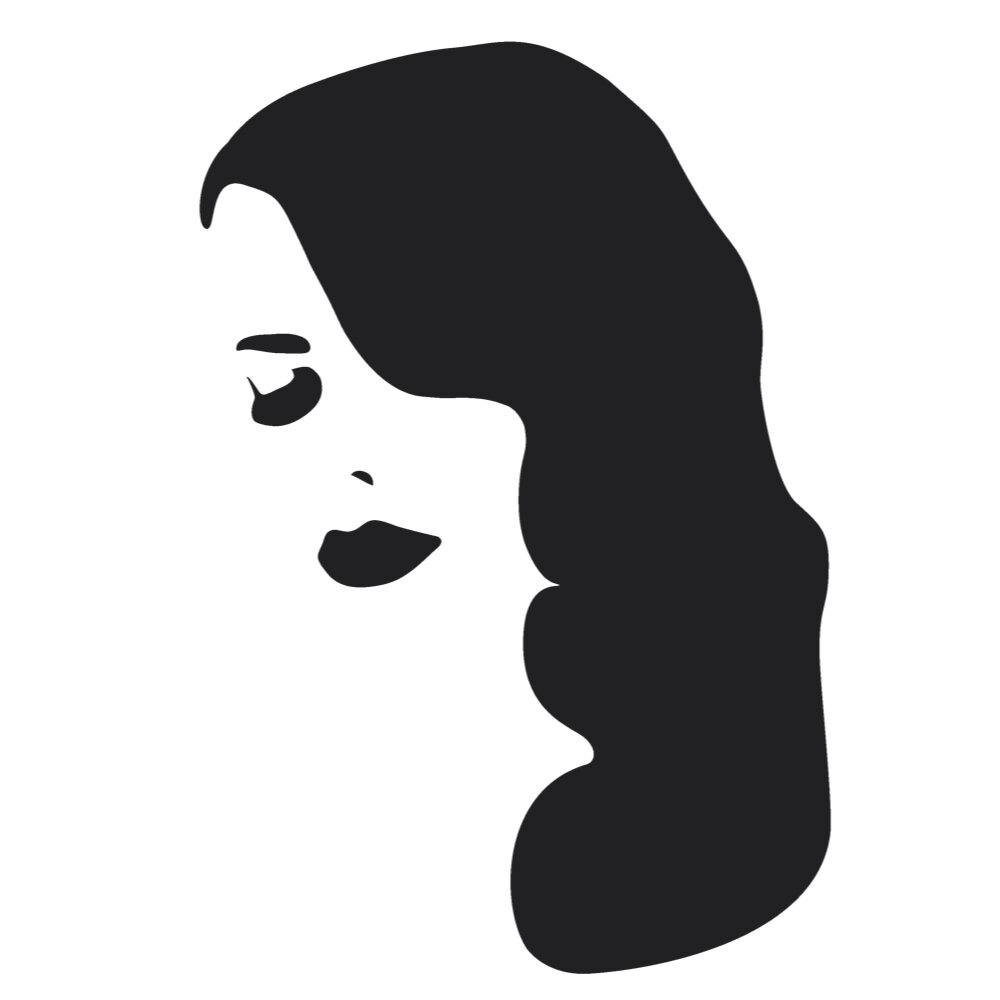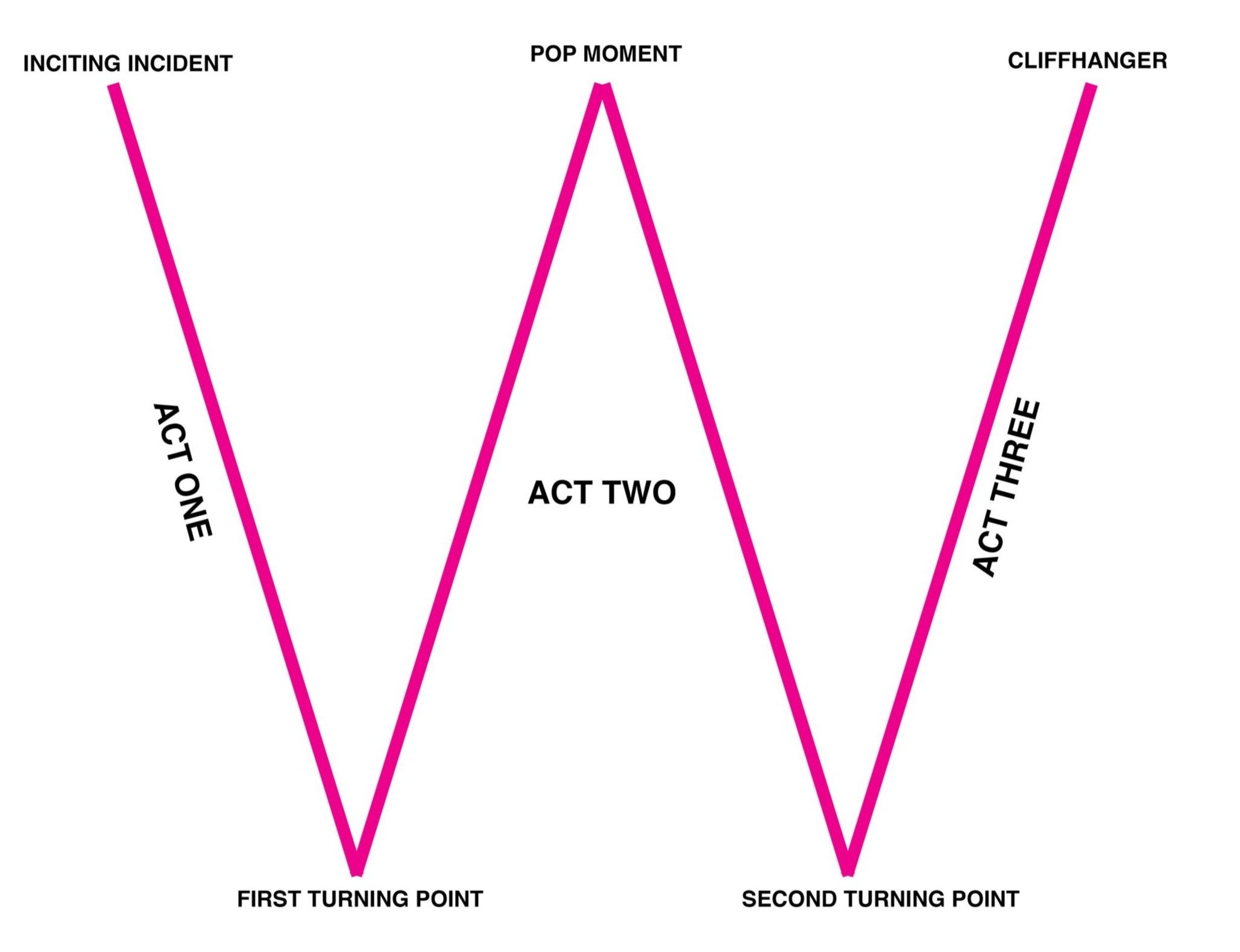My Writing Process: Plotting
Welcome to part two of my series on my writing process.
Let’s talk plotting. As I’ve said before, I am a big Plotter. There’s a debate in the author community about Plotters vs. Pantsters. Plotters use plot structures, outlines and all kinds of tools to aid them in the writing process. Pantsters get in front of the paper or the computer and just get to the business of getting it done.
There’s also a hybrid group called Plotty Pants or Plantsers. These folks plot some and “pants” some. I might actually be a Plantster, and I’ll explain why.
I use the “W Plot Structure”, which is a form of structuring a story that’s been around since ancient Greece. It’s a three-act structure with five key plot points:
Inciting Incident: the event or circumstance that gets the story going
First Turning Point: a plot twist or an event in the book that sets action in a different direction
Pop Moment: when the shit hits the fan… this is the midway point in the book
Second Turning Point: another plot twist or event that clarifies things heading into the final act
Resolution or Cliffhanger: Since I am writing a series, I end the books on strong cliffhangers, so that readers come back book after book
Here’s a look at the structure:
I always start my books with 56 chapters, and the breakdown goes like this:
Act One: 14 chapters
Act Two: 28 chapters
Act Three: 14 chapters
Act One has falling action, which means that it happens super fast. I end chapters in cliffhangers, so you’ll find yourself sailing through the first act without even realizing it. The inciting incident kicks things off with a bang, and then I usually have a plot twist at the end of that act.
Act Two is double the size. It begins with rising action, so there’s lots of tension and many complications. That rising action leads to the Pop Moment and that’s an explosive, intense chapter. There might be a huge plot twist there, or the main character might get a piece of information that changes everything. Despite it being at the top of the “W”, it is often the lowest point for the main character. The second half of Act Two is falling action, so there’s a lot of quick fallout from the Pop Moment. At the second turning point, you’re nearing the end of the book, so things need to get really tight here. I’ll make sure that all the players are in close geographic or strategic places in relationship to each other.
The final act is rising action. There should be intense tension leading up to a final confrontation or cliffhanger.
In the next post, I’ll do a breakdown on Mermaid of Venice, and show you how I take the W Plot Structure and bring it into the physical world.

